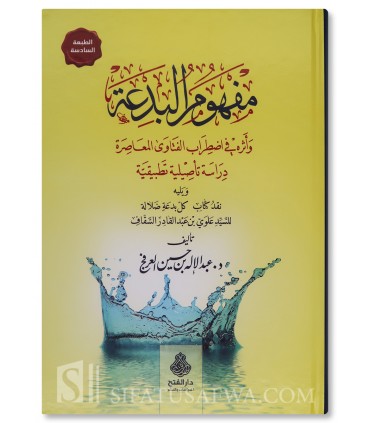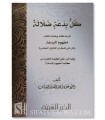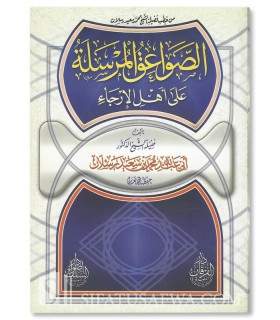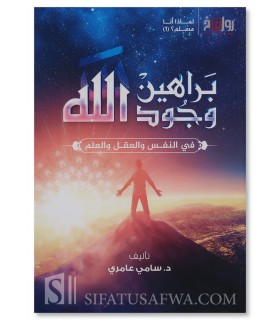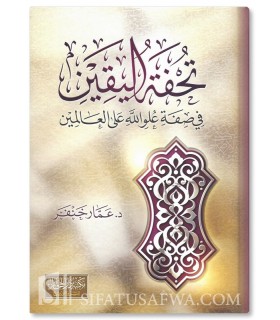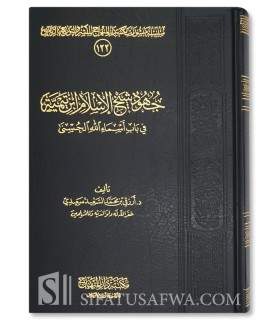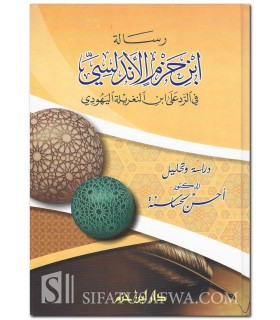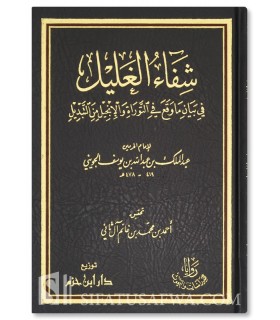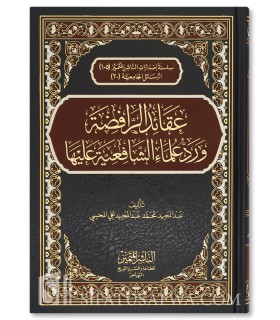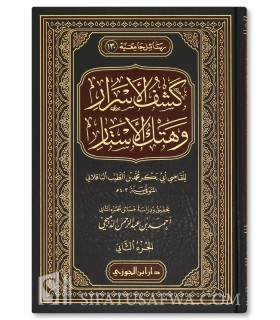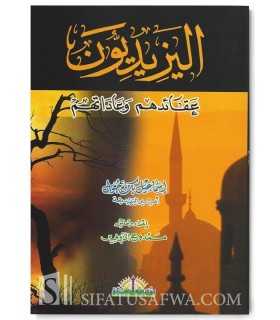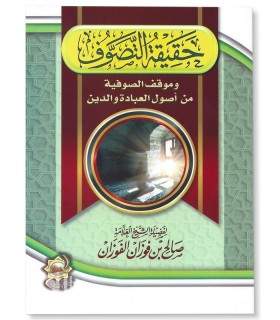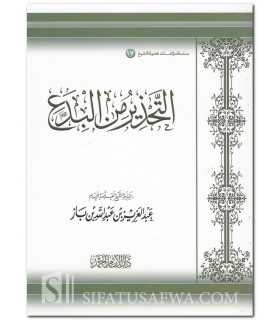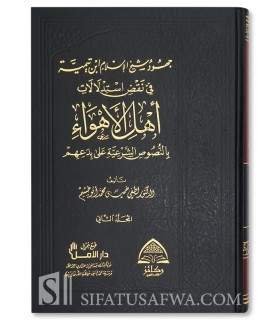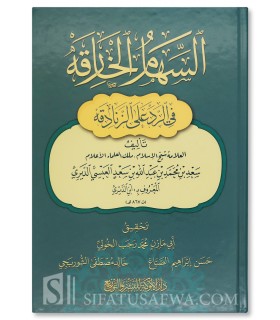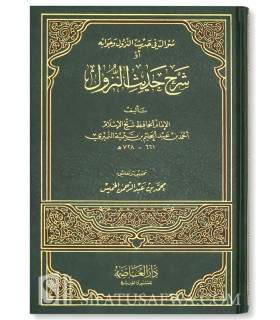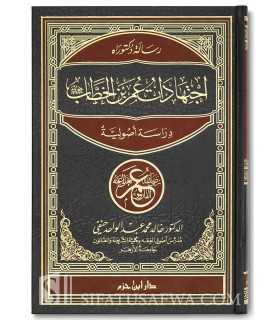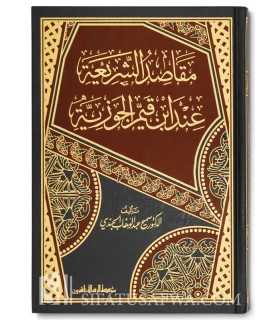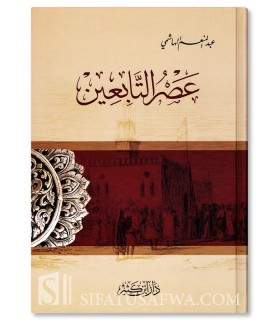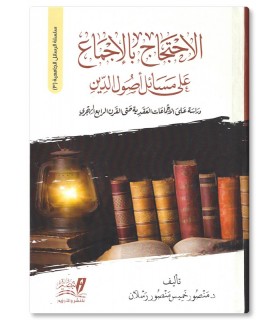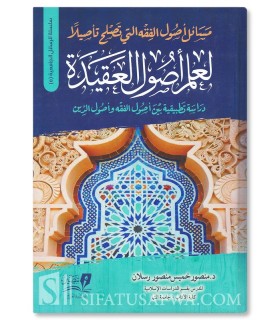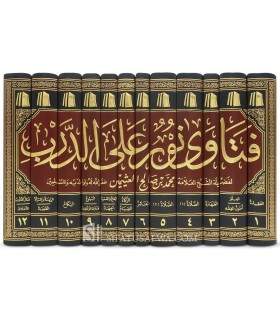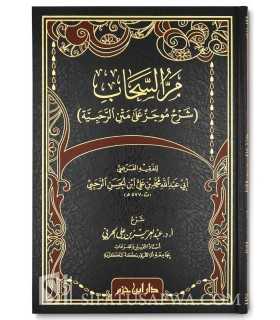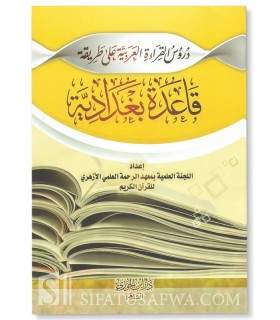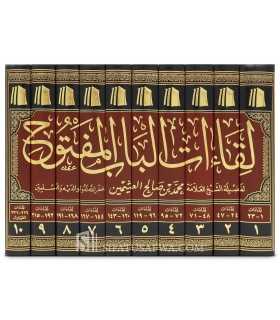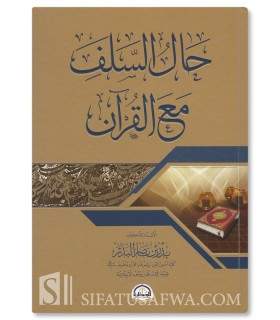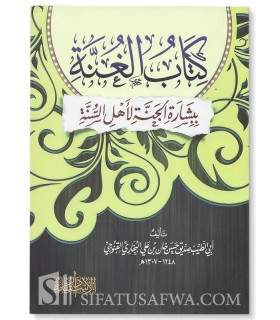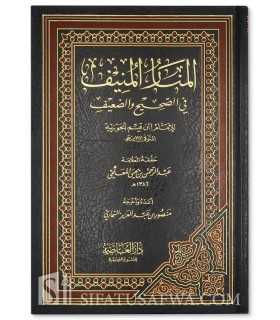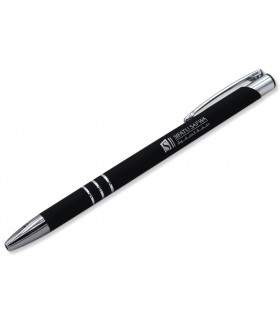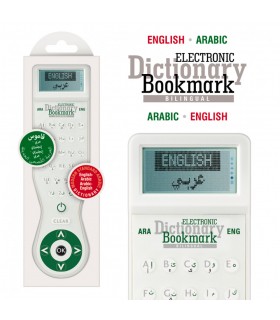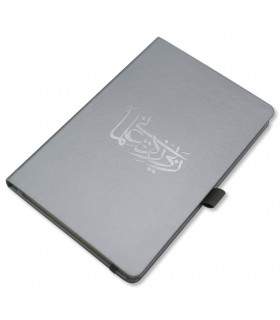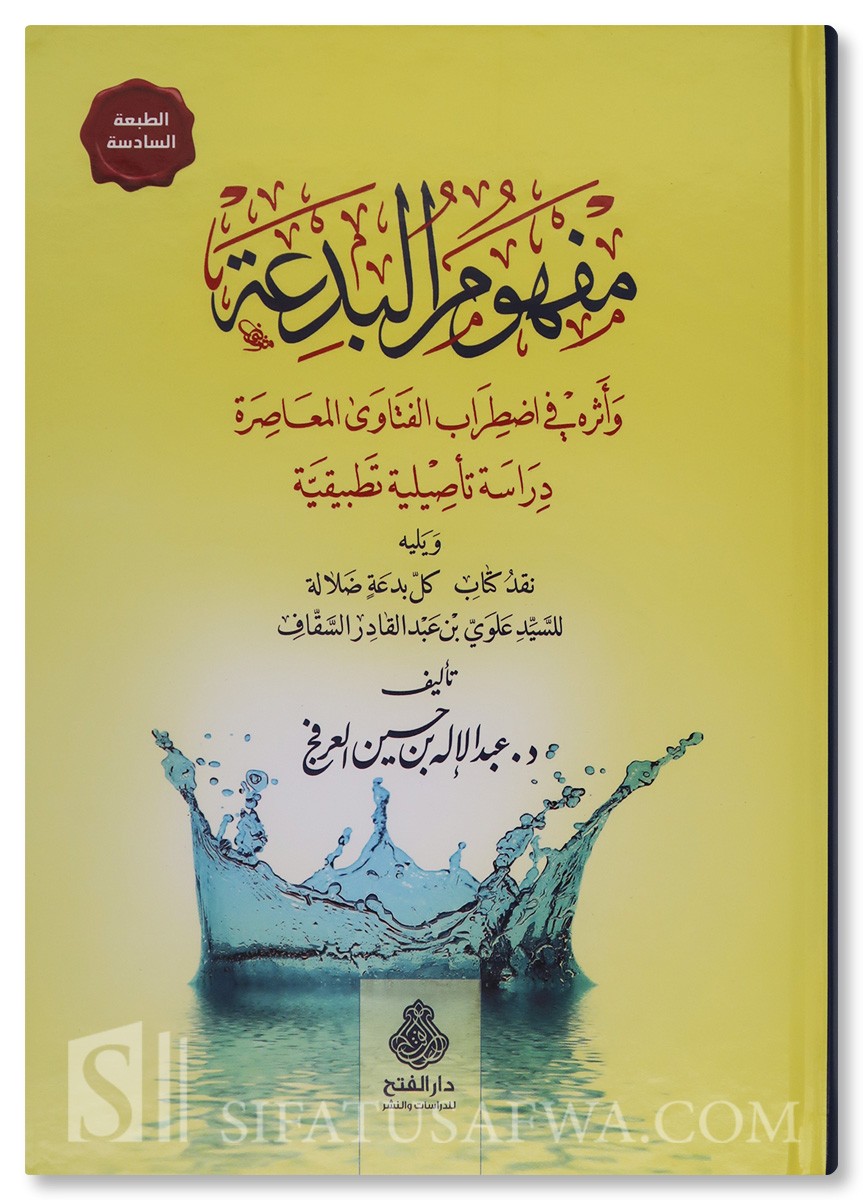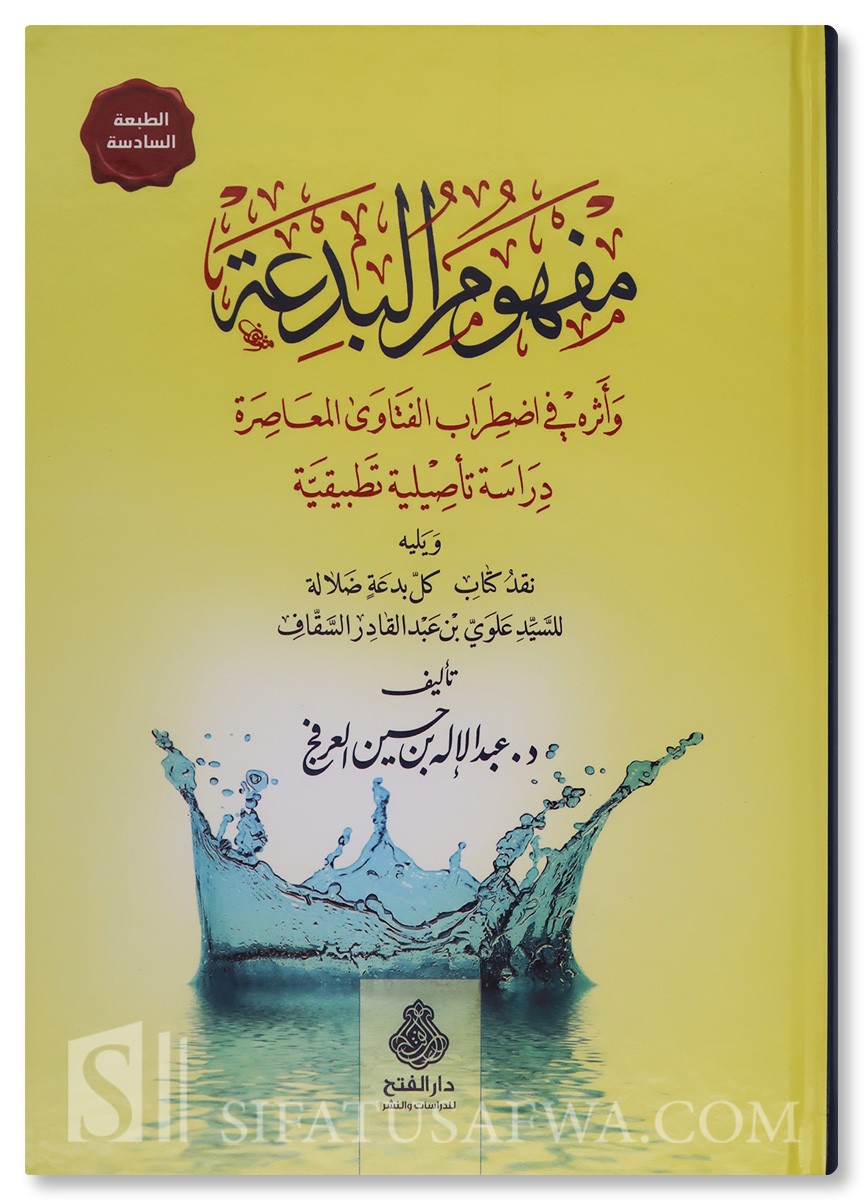This book is a one of the very interesting, yet controverted books that researchers have written on innovations, both past and present. It classifies heresy as five categories: the mandatory, recommended, reasonable, disdained and prohibited, thereby aiming to dispel the myth that all types of bid’ah are misleading. Even though this classification has already been highlighted by others, this book is distinguished by the examples and evidence that the author has assembled and worked hard to collect.
In the opening pages of his book, Dr. Al-Arfaj clarified that his intention was not to promote religious innovation, but rather to define what constitutes repugnant innovation and make clear the distinctions between it and the other 36 issues on which scholars have disagreed from the Companions and Successors and, later, from the great imams in the Salaf eras. “Some opinions described the issue - under dispute - as an innovation, and some described it as permissible, desirable, or legitimate,” he said, elucidating the good Sunnah in Islam. Allah knows, what I intended to convey to all Muslims through the listing of these issues was not to force them to accept every new invention under the guise of “the scholars differed in their opinions about heresy,” but firstly to rather liberate the precise definition of heresy from difficult situations, and secondly, to highlight the fact that the distinction between what constitutes heresy and legitimate religious innovations, particularly those related to science, can fall within the bounds of permissible disagreements and centre around the idea that “between right and wrong, it needs not be all between truth and falsehood.”






